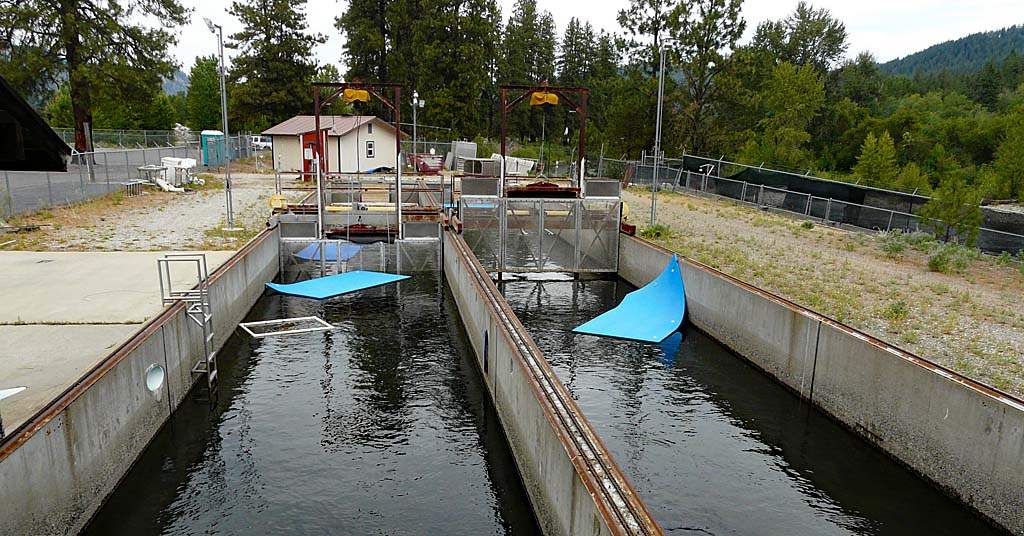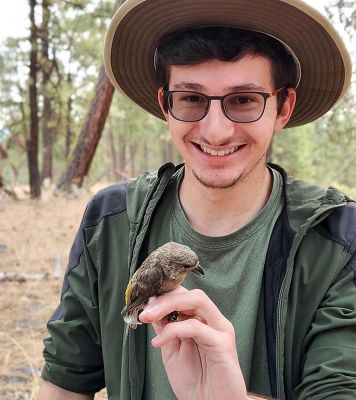Becker | Epidemic responses to COVID-19 versus polio: parallels and contrasts
Published 6:00 am Saturday, May 16, 2020

- Becker
We are living through an event that will remain every bit as memorable as 9/11, Katrina and the JFK assassination. We will have years to reflect on what went well, and what went poorly, to celebrate the heroes and scorn the goats.
I was a 5-year-old during the polio epidemic of 1948, one of many epidemic summers that began in the early 1900s. Unlike COVID-19, polio was primarily a neurologic disease of children but with a very high death rate. I was stricken in that worst-ever summer and spent nearly three months quarantined in a polio hospital in Minneapolis, an epidemic hot spot. I remember looking through my second-floor window of the hospital, seeing my parents below during those many weeks of quarantined recovery and therapy, of course, through my tears and theirs. This was the reverse of grandparents today, looking tearfully out from their nursing home windows at children and grandkids.
Trending
In 1947, the cause of the disease remained unknown. During the first half of the 20th century, summer epidemics appeared sporadically over America. Flies were suspected as transmitters. So were cats, and many thousands were killed. Clorox was aggressively promoted. DDT was sprayed through cities. Pools and movie theaters were closed, as were playgrounds and schools. Parents were terrified. Hospital wards filled with sick children, some with severe paralysis, and others in iron lungs or on respirators. A great many children died, but the disease spared most adults.
The areas most affected were the USA, Canada, Europe and Australia. The disease was attributed to having been brought in by immigrants. This fomented deep roots of racism, which lasted well after the disease was eradicated, and continues to the present. Immigration restrictions were tightened. Our federal response was weak, with the Centers for Disease Control and Prevention forming in 1946, initially receiving scant funding. Public health infrastructure was weak across the nation. What did receive major funding was the National Foundation for Infantile Paralysis, through philanthropy and the national March of Dimes’ aggressive outreach. These dollars spurred research labs in major universities across the nation, providing the foundation of America’s global leadership in science. Both limited federal and massive NFIP funding paid for the vaccine development, testing, free national vaccination, free hospitalization and subsequent polio care even while creating a vigorous national debate over socialized medicine and the role of government in science. The vaccine trials began with their first national field trials in 1954, the largest vaccine experiment in American history with over two million school-age children across our nation. The trials succeeded, national vaccinations proceeded and polio is no longer a concern in America.
The differences between COVID-19 and the polio virus are many. Polio was transmitted through the fecal/oral route while coronavirus is primarily transmitted through the respiratory system. Polio was clearly seasonal, whereas COVID-19 may not be. Polio and COVID-19 are highly contagious, but because polio had been around for decades, many were already immune. COVID-19 is a new virus, with no herd immunity. Both viruses are readily transmitted by asymptomatic individuals, creating very mild disease in the great majority of infected persons. Severe disease struck few, albeit with significant morbidity and high mortality. Polio is a neurologic disease leaving many with lifelong muscle weakness or paralysis, sparing damage to other organs. COVID-19 is still unclear as to permanent respiratory, cardiac, renal, neuromuscular, cognitive or other systemic damage.
Both viruses have led to major national disruption and behavioral changes, although the formalized social distancing of the present was not part of polio epidemics. Both virus responses suffered from a lack of public health infrastructure, leading to poor initial preparedness. Polio epidemics of the 1940s followed our national mobilization for World War II, leaving a confident nation quite unified with a strong belief in national purpose and ability, understanding the value of science, trusting in our federal government. We currently face a schizophrenic rift with a government at war inside itself, one side aggressively promoting economic return at the cost of safe behavior, and the other side promoting safe behavior despite economic risks. Unlike the polio years, states compete for essential health and financial resources. This degrades any sense of national purpose and unanimity. The majority of our nation sees increased deaths to achieve rapid economic progress as an unsafe trade-off. Reflections on polio with its highly successful end result are easy in historic retrospect. COVID-19 remains a book with barely the preface written, and we cannot skim to the end.
Do you have a point you’d like to make or an issue you feel strongly about? Submit a letter to the editor or a guest column.









